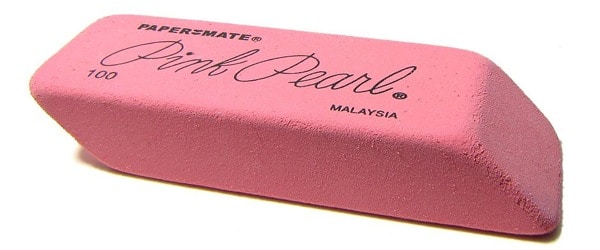Primer design can sometimes feel like more of an art than a science, and designing the best primer can significantly affect the success or failure of your experiments. Here are a few tips on optimizing primer design for several different applications:
PCR amplification/cloning
One of the most common primer-based applications is cloning. The desired amplicon and the vector restriction sites will largely dictate the composition of the primers. A few tweaks, however, can increase the chance of cloning your gene on the first try:
- Use a “GC clamp” at the 3’ end of each primer. The G-C bond is stronger than the A-T bond, so a 3’ end enriched in G and C residues will bind with higher affinity.
- Match the melting temperatures of paired primers. If both primers have a melting temperature within 1-2 degrees of each other, it will be much simpler to optimize your PCR conditions.
- Check for primer dimers or hairpins. Any annealing between your primer pair or of one primer to itself will drastically affect the efficiency of your PCR reaction.
- Add a few extra nucleotides upstream of restriction sites. This will increase the efficiency of the restriction reaction (by giving the enzyme something to “hold on to”). Since the extra bases do not anneal to the template, they do not need to be included in the melting temperature calculation.
Mutagenesis
Primer-based mutagenesis is a quick and easy way to mutate a gene of interest. Mutagenesis kits contain extensive information on how to design optimal primers for mutagenesis, which can vary significantly from cloning primers in length, composition, and melting temperature. Here are a few additional things to keep in mind:
- Use the company’s Tm formula to calculate the melting temperature. The formula provided in the kit information will often yield a different melting temperature than that calculated by standard methods; be sure to use the formula suggested by the kit to get the right primer length and composition.
- Try incorporating a restriction site. If you can introduce a novel restriction site through a silent mutation, you can screen the mutated plasmids by digest. This can save time and money while waiting for sequencing info on the putative mutated clones.
Websites and programs
Most sequence analysis programs include primer design features. In addition, there a several fantastic primer design programs available on the web. Here are a few of my favorites:
- IDT OligoAnalyzer. This free online tool will analyze single primers or primer pairs for melting temperature, dimer formation, and hairpins.
- Invitrogen OligoPerfect Designer. This online tool, which requires an Invitrogen account, will design primers for you based on the target sequence.
- Primer3. A popular online tool that will design primers based on sequence or analyze your pre-designed primers by every conceivable parameter.
- UCSC Genome Browser InSilico PCR. This website contains genome data for an extensive collection of research organisms and will perform an in silico PCR reaction to confirm that your primers only amplify one product.
Alternatively, read our walkthrough on how to design qPCR primers using the NCBI tool Primer-BLAST.
Need help making your PCR fail (a bit) less often? Download our free notorious PCR inhibitors poster and pin it up near your DNA engine. Or download the Bitesize Bio PCR eBook for more comprehensive practical guidance.
What are your tips for primer design? Let us know in the comments section below!







